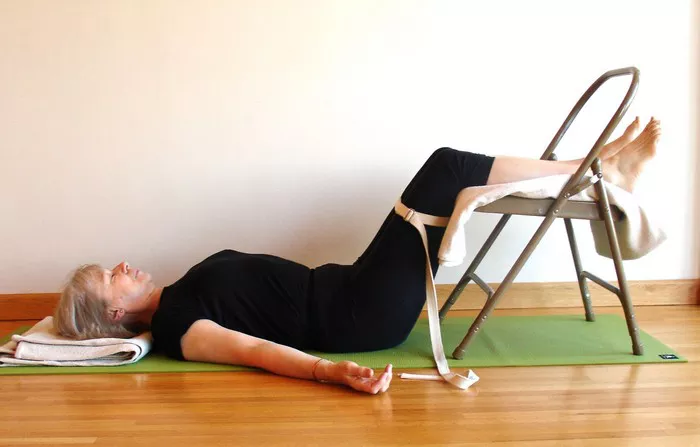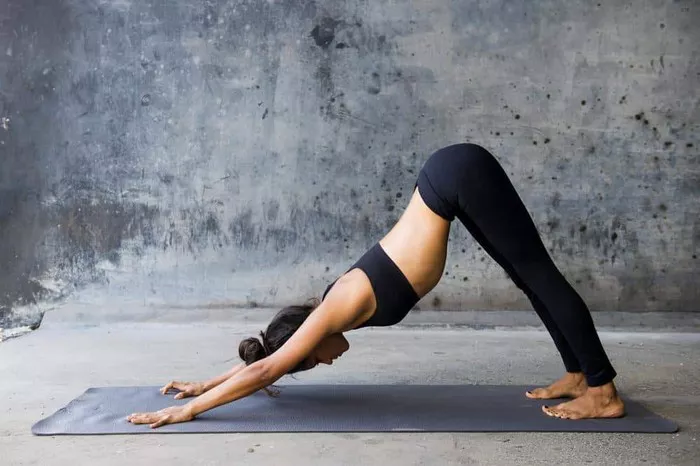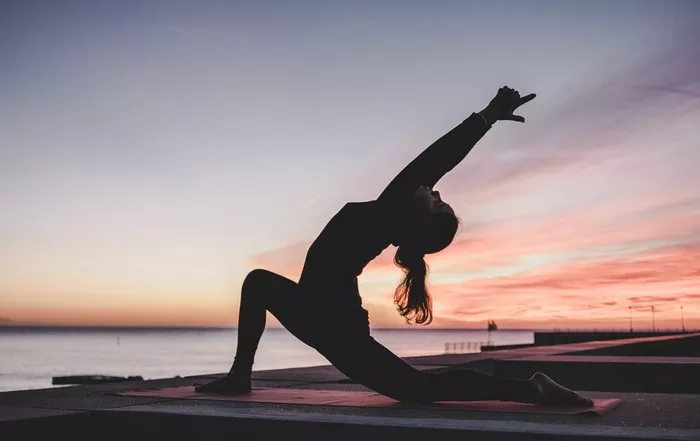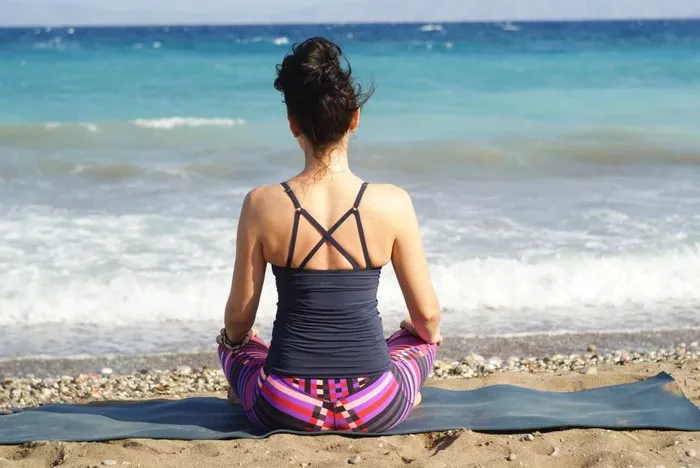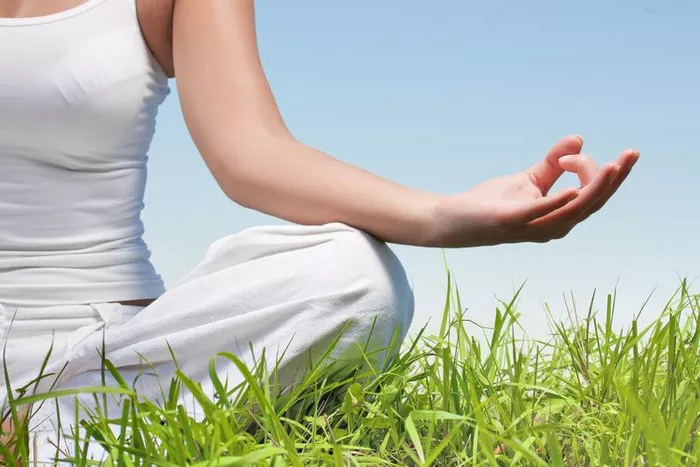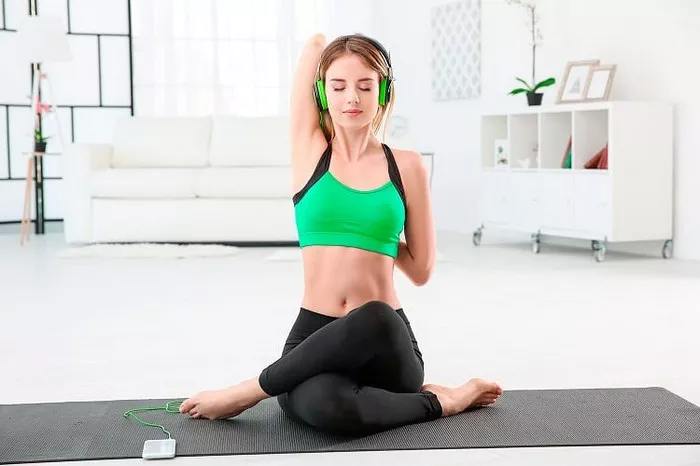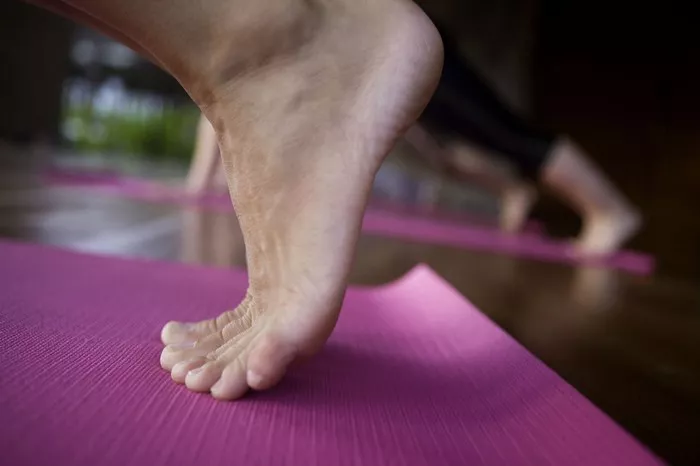Upward Facing Dog (Urdhva Mukha Svanasana) is a foundational backbend pose in yoga that offers a wide range of physical, mental, and energetic benefits. It is commonly practiced in Vinyasa and Ashtanga yoga sequences, particularly as part of the Sun Salutation series. This pose strengthens and stretches multiple muscle groups, improves posture, and enhances overall well-being. In this article, we will explore the benefits of Upward Facing Dog, its proper alignment, and how it can positively impact your body and mind.
Understanding Upward Facing Dog Pose
Upward Facing Dog is a powerful heart-opening pose that requires spinal extension, core engagement, and upper-body strength. It is often confused with Cobra Pose (Bhujangasana), but they have key differences. In Upward Facing Dog, the legs are lifted off the ground, and the arms bear more weight, whereas in Cobra Pose, the thighs remain on the mat.
How to Perform Upward Facing Dog:
Begin in a prone position – Lie face-down with your legs extended straight behind you, hip-width apart.
Place your palms under your shoulders – Ensure your fingers are spread wide and pressing firmly into the mat.
Engage your legs and lift them off the floor – Press through the tops of your feet to keep the thighs elevated.
Push through your palms to straighten your arms – Keep a micro-bend in the elbows to avoid hyperextension.
Lift your chest and gaze forward – Draw your shoulder blades down and away from your ears.
Hold for a few breaths – Maintain engagement through the core and glutes to support the lower back.
Release gently – Transition back to Downward Facing Dog or Child’s Pose for a counter-stretch.
Benefits of Upward Facing Dog Pose
1. Strengthens the Upper Body
One of the primary benefits of Upward Facing Dog is the strengthening of the arms, shoulders, and chest. Since the arms bear significant weight in this pose, regular practice builds endurance and stability in the upper body. The triceps, biceps, and deltoids are engaged, helping to tone and define these muscles.
2. Improves Spinal Flexibility and Posture
As a backbend, Upward Facing Dog promotes spinal extension and flexibility. Many people develop poor posture due to prolonged sitting, which leads to rounded shoulders and a forward head position. This pose counteracts these effects by opening the chest, stretching the spine, and encouraging proper alignment.
3. Expands the Chest and Improves Breathing
Upward Facing Dog opens the front body, expanding the chest and ribcage. This increased lung capacity can improve breathing efficiency, making it beneficial for those with respiratory issues or anyone looking to deepen their breath in yoga practice.
4. Strengthens the Core and Lower Back
Although the arms and shoulders are actively engaged, the core muscles also play a crucial role in maintaining stability in this pose. The abdominals, obliques, and lower back muscles are activated, providing support and preventing excessive compression in the lumbar spine.
5. Enhances Circulation and Energy Flow
The combination of stretching and strengthening in Upward Facing Dog stimulates blood flow throughout the body. This increased circulation enhances oxygen delivery to muscles and organs, boosting overall vitality and energy levels.
6. Stretches the Hip Flexors and Abdominals
Sitting for long periods can lead to tight hip flexors and a shortened front body. Upward Facing Dog provides an excellent counter-stretch by elongating the hip flexors, abdominals, and psoas muscles. This helps reduce tension and discomfort in the lower back and hips.
7. Relieves Tension and Reduces Stress
Like many backbends, Upward Facing Dog is known for its mood-enhancing properties. By opening the heart and chest, it can release stored tension and promote feelings of joy and relaxation. Many practitioners find that this pose helps reduce anxiety and mental fatigue.
8. Aids in Digestion and Organ Function
The extension of the spine and the stretch through the abdominal area in Upward Facing Dog gently massages the digestive organs. This stimulation can improve digestion, alleviate bloating, and support gut health.
9. Supports the Nervous System
Yoga poses that involve deep backbending can stimulate the nervous system and activate the parasympathetic response, which helps the body relax and recover. This makes Upward Facing Dog beneficial for reducing stress-related symptoms and promoting overall well-being.
10. Develops Balance and Coordination
Though Upward Facing Dog is not a traditional balance pose, it requires coordination between different muscle groups. Engaging the core, legs, and arms simultaneously helps improve overall body awareness and stability.
Common Mistakes and How to Avoid Them
Dumping Weight into the Lower Back – Engage your core and lift through your chest to prevent excessive pressure on the lumbar spine.
Collapsing the Shoulders – Keep the shoulder blades drawn down and away from the ears to avoid tension in the neck.
Hyperextending the Elbows – Maintain a slight bend in the arms to prevent joint strain.
Neglecting the Legs – Actively press through the tops of your feet and engage the quadriceps to lift the thighs off the ground.
Forgetting to Breathe – Deep, steady breathing enhances the benefits of the pose and prevents unnecessary tension.
Who Should Avoid Upward Facing Dog?
While this pose offers numerous benefits, it may not be suitable for everyone. Individuals with the following conditions should exercise caution or avoid the pose altogether:
- Severe lower back pain or spinal injuries
- Carpal tunnel syndrome or wrist issues
- Pregnancy (especially in the later stages)
- Recent shoulder or neck injuries
If you have any concerns, consult a qualified yoga instructor or healthcare professional before practicing.
Modifications and Variations
For those who find Upward Facing Dog challenging, consider these modifications:
- Use a yoga block under each hand to reduce strain on the wrists and shoulders.
- Practice Cobra Pose instead for a gentler backbend with less weight on the arms.
- Bend the elbows slightly if full arm extension is uncomfortable.
For a deeper stretch and challenge:
- Lift one leg at a time to engage the glutes and increase core activation.
- Transition into Upward Facing Dog from a Chaturanga push-up for added strength-building benefits.
Conclusion
Upward Facing Dog is a powerful and transformative pose that strengthens, stretches, and revitalizes the body. Whether you’re looking to improve posture, enhance flexibility, or relieve stress, incorporating this pose into your yoga practice can provide significant benefits. As with any yoga posture, practicing with proper alignment and awareness ensures safety and maximizes its positive effects. With regular practice, Upward Facing Dog can become an essential tool for achieving physical and mental well-being.
Related Topics:
- 10 Yoga Poses to Burn the Most Calories
- Can Yoga Poses Really Alleviate Body Pain?
- Can Yoga Poses Truly Boost Flexibility for Beginners?

